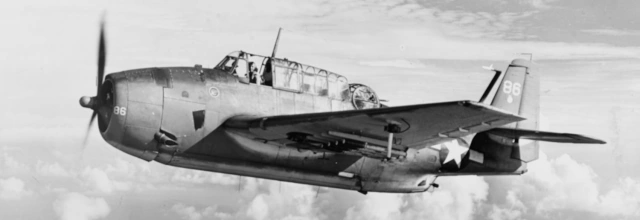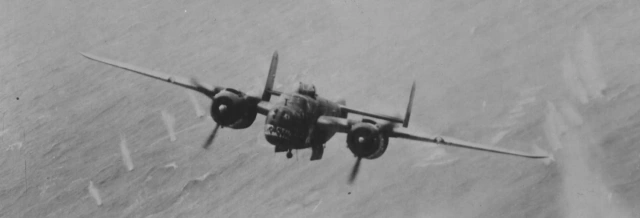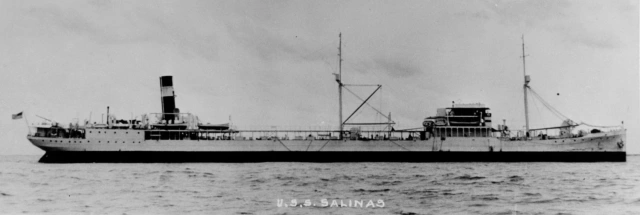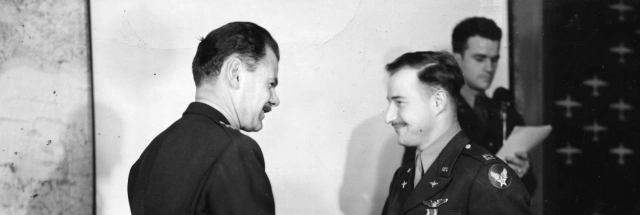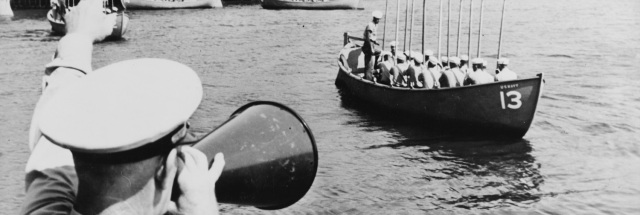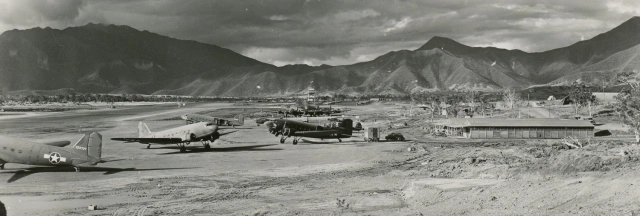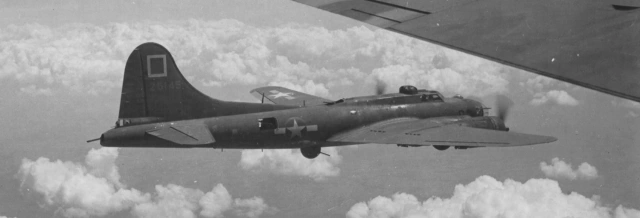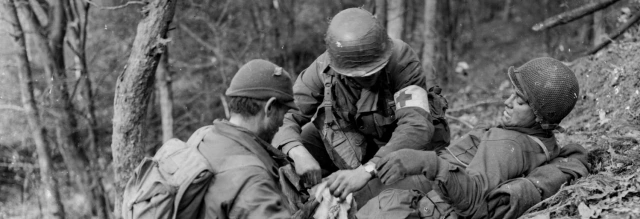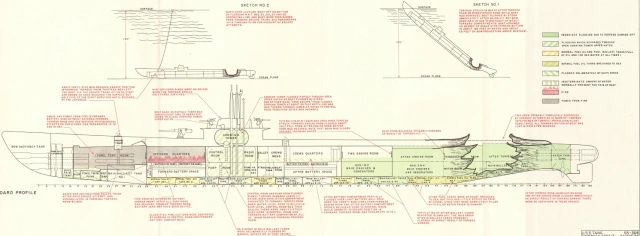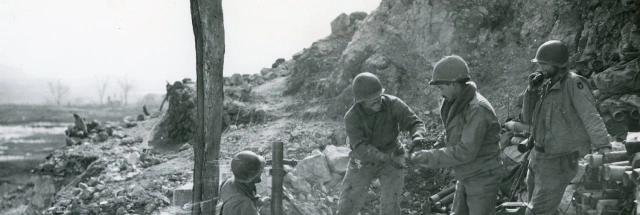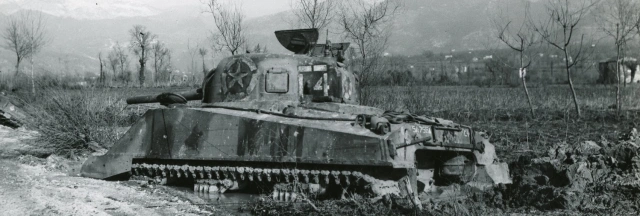
| Home State | Civilian Occupation |
| Delaware | Shipping clerk at DuPont Company’s Edgemoor Plant |
| Branch | Service Number |
| U.S. Army | 32485759 |
| Theater | Unit |
| European | Company “C,” 237th Engineer Combat Battalion |
| Awards | Campaigns/Battles |
| Purple Heart | Normandy |
Early Life & Family
Julian Adair Long was born at 1315 Shallcross Avenue in Wilmington, Delaware on January 7, 1911. He was the son of Frank Levi Long (1879–1934) and Margaret Louisa Long (née Ross, 1882–1962). Frank was a foreman at Joseph Bancroft & Sons Company textile mill (better known as Bancroft Mills) nearby. Julian had six siblings: two older sisters, two older brothers, and two younger brothers. His brother Raymond L. Long (1908–1984) served in the U.S. Navy during World War II and the Korean War.
As of September 12, 1918, the family was living at 8 Riddle Avenue in Wilmington. On January 13, 1920, the Long family was recorded on the census living at the same address, but by the time of the next census on April 28, 1930, the family had moved a few blocks south to 1617 West 13th Street. Both Julian Long and his father Frank were recorded as foremen at a textile mill; presumably, Julian was working at Bancroft along with his father. The family remained at that address until at least June 1, 1934, when Frank Long died.
On May 12, 1939, Long and his mother purchased land along Road 336 (today referred to as Old Baltimore Pike) in White Clay Creek Hundred west of Christiana. When he was recorded on the census on April 4, 1940, Long was working as a shipping clerk at a chemical plant. Later that year, on October 16, 1940, Long registered for the draft. At the time, he was described as standing five feet, 10 inches tall and weighing 160 lbs., with brown hair and blue eyes. He listed his employer as the Krebs Company in Edgemoor. (Technically the Krebs factory had been purchased by DuPont in 1935, and indeed an August 1, 1944 article in Journal-Every Evening stated: “He was formerly employed by the DuPont Company at the Edgemoor Plant.”)
Military Career
Long was drafted about a year after the U.S. entered World War II. According to the Individual Military Service Record form filled out by his mother, Private Long went on active duty at Fort Dix, New Jersey on December 29, 1942. She stated that he began his training at Camp Carson, Colorado on January 10, 1943. Sometime that year, he joined Company “C,” 237th Engineer Combat Battalion. That unit had been activated at Camp Carson on April 1, 1943. (Prior to its reorganization, it had been 2nd Battalion, 49th Engineer Regiment).
Frederick Peters, another member of the 237th Engineer Combat Battalion, recalled the unit’s intensive training regimen: physical training including long hikes, setting up and demolishing obstacles, mines, and constructing bridges.
Margaret Long’s statement indicated that her son was promoted to private 1st class in June 1943 and then technician 5th grade in October 1943. She stated that Technician 5th Grade Long remained at Camp Carson until November 2, 1943.
According to a summary of the 237th Engineer Combat Battalion’s movements in Shelby L. Stanton’s book World War II Order of Battle: An Encyclopedic Reference to U.S. Army Ground Forces from Battalion through Division 1939–1946, the battalion shipped out on November 14, 1943 from the Hampton Roads Port of Embarkation in Virginia. The unit arrived in North Africa on December 4, 1943 but was only there briefly before sailing for the United Kingdom.
Joseph Balkoski wrote in his book Utah Beach: The Amphibious Landing and Airborne Operations on D-day, June 6, 1944 that the 237th Engineer Combat Battalion had originally been en route to India but diverted to the European Theater after Operation Overlord planners expanded the plan to include Utah Beach. The battalion arrived in England on January 20, 1944. Balkoski wrote that the engineers “were sent to the U.S. Army Assault Training Center on the north coast of Devon in April to learn how to demolish German beach obstacles.”
On June 6, 1944, the morning of D-Day in Normandy, the 237th Engineer Combat Battalion landed at Utah Beach and (together with U.S. Navy demolition personnel) began clearing beach obstacles. Six engineers were killed when German artillery fire struck their landing craft. The engineers breached the seawall with explosives, allowing American vehicles to move inland. They also worked to clear barbed wire and enemy minefields.
Balkoski wrote in Utah Beach:
Aided by the 237th Engineers’ hasty construction of a ten-yard steel treadway bridge over a culvert a mile inland—the first of thousands of bridges the U.S. Army would construct in northwest Europe over the next year—the 4th Division and all its associated vehicles could now flow freely inland.
Recorded casualties for the 237th Engineer Combat Battalion on D-Day were six men dead and 33 wounded. One of the wounded was Technician 5th Grade Long. A digitized copy of a hospital admission card with Long’s service number stated that he was wounded in the abdomen by an artillery shell. Although doctors attempted to repair the damage during exploratory surgery, Long died on June 8, 1944.
A July 10, 1944 article in the Wilmington Morning News reported: “Corporal [sic] Long, 33, was seriously wounded in France on D-Day, June 6. No further word of his condition has been received by his mother.” His family did not learn of his death until around August 1, 1944, the date that the sad news was reported in Journal-Every Evening.
Technician 5th Grade Long was posthumously awarded the Purple Heart. He was buried at a temporary cemetery. After the war, he was reinterred at what is now referred to as the Normandy American Cemetery (Plot E, Row 27, Grave 24). He is also memorialized on his parents’ headstone at Silverbrook Cemetery in Wilmington and on the list of Delaware and New Jersey fallen displayed at Veteran’s Memorial Park in New Castle, Delaware.
Notes
Address in Wilmington
Although the road still exists, there is no longer an address of 8 Riddle Avenue.
Miscellaneous Notes About Long’s Military Career
Long’s enlistment data card is one of approximately 13% that could not be successfully digitized by the National Archives.
Technician 5th grade was at the same pay grade as corporal and frequently referred to that way (or as “corporal technician”).
Although the movements provided by Long’s mother is consistent with those of the 237th Engineer Combat Battalion, she wrote that he shipped out from New York rather than Hampton Roads in November 1943.
It is unclear what Technician 5th Grade Long’s Military Occupational Specialty (M.O.S.) was. His specific role during the assault on Utah Beach is also unknown. According to Table of Organization and Equipment No. 5-17, possible assignments for a technician 5th grade in a combat engineer company included armorer, carpenter (bridge and general), cook, driver (tractor and truck), electrician, automobile mechanic, air compressor operator, radio operator, and tool room keeper.
Acknowledgments
Special thanks to the Delaware Public Archives for the use of their photo of Technician 5th Grade Long.
Bibliography
Balkoski, Joseph. Utah Beach: The Amphibious Landing and Airborne Operations on D-day, June 6, 1944. Stackpole Books, 2006.
“Corp Julian Adair Long.” Find a Grave. https://www.findagrave.com/memorial/137755127/julian-adair-long
“Four From State Listed As Killed In War Theaters.” Wilmington Morning News, July 10, 1944. Pg. 1 and 5. https://www.newspapers.com/clip/76511971/julian-long-wounded/
Headstone Inscription and Interment Records for U.S. Military Cemeteries on Foreign Soil, 1942–1949. Record Group 117, Records of the American Battle Monuments Commission, 1918–ca. 1995. National Archives at Washington, D.C. https://www.ancestry.com/imageviewer/collections/9170/images/42861_646933_0806-01159
Long, Margaret. Julian Adair Long Individual Military Service Record, February 19, 1945. Record Group 1325-003-053, Record of Delawareans Who Died in World War II. Delaware Public Archives, Dover, Delaware. https://cdm16397.contentdm.oclc.org/digital/collection/p15323coll6/id/19704
New Castle County Register of Births, 1908. Record Group 1500-099. Delaware Public Archives, Dover, Delaware.
“Obituary Notes.” Wilmington Morning News, June 2, 1934. Pg. 2. https://www.newspapers.com/clip/76479874/frank-l-long-obituary/
Peters, Frederick. Memoirs of a World War II Combat Engineer. http://www.friendsofallencounty.org/pdf/petersmemoirs.pdf
“Raymond L. Long.” Find a Grave. https://www.findagrave.com/memorial/49456965/raymond-l.-long
Stanton, Shelby L. World War II Order of Battle: An Encyclopedic Reference to U.S. Army Ground Forces from Battalion through Division 1939–1946. Revised ed. Stackpole Books, 2006.
“Table of Organization and Equipment No. 5-17: Engineer Combat Company (Troop).” March 13, 1944. War Department, Washington D.C. Military Research Service website. http://www.militaryresearch.org/5-17%2013Mar44.pdf
“Two Delaware Infantrymen, Flier Are Killed.” Journal-Every Evening, August 1, 1944. Pg. 1 and 8. https://www.newspapers.com/clip/76512106/long-dow/
United States of America, Bureau of the Census. Fourteenth Census of the United States, 1920. National Archives at Washington, D.C. https://www.ancestry.com/imageviewer/collections/6061/images/4295771-00270
United States of America, Bureau of the Census. Fifteenth Census of the United States, 1930. National Archives at Washington, D.C. https://www.ancestry.com/imageviewer/collections/6224/images/4531894_00294
United States of America, Bureau of the Census. Sixteenth Census of the United States, 1940. National Archives at Washington, D.C. https://www.ancestry.com/imageviewer/collections/2442/images/m-t0627-00546-00304
U.S. WWII Hospital Admission Card Files, 1942-1954. Record Group 112, Records of the Office of the Surgeon General (Army), 1775–1994. National Archives at College Park, Maryland. https://www.fold3.com/record/704803741/blank-u-s-wwii-hospital-admission-card-files-1942-1954
World War I Selective Service System Draft Registration Cards, 1917-1918. National Archives at Washington, D.C. https://www.ancestry.com/imageviewer/collections/6482/images/005207038_00257
WWII Draft Registration Cards for Delaware, 10/16/1940-03/31/1947. Record Group 147, Records of the Selective Service System. National Archives at St. Louis, Missouri. https://www.ancestry.com/imageviewer/collections/2238/images/44003_09_00006-00345
Last updated on May 22, 2021
More stories of World War II fallen:
To have new profiles of fallen soldiers delivered to your inbox, please subscribe below.




